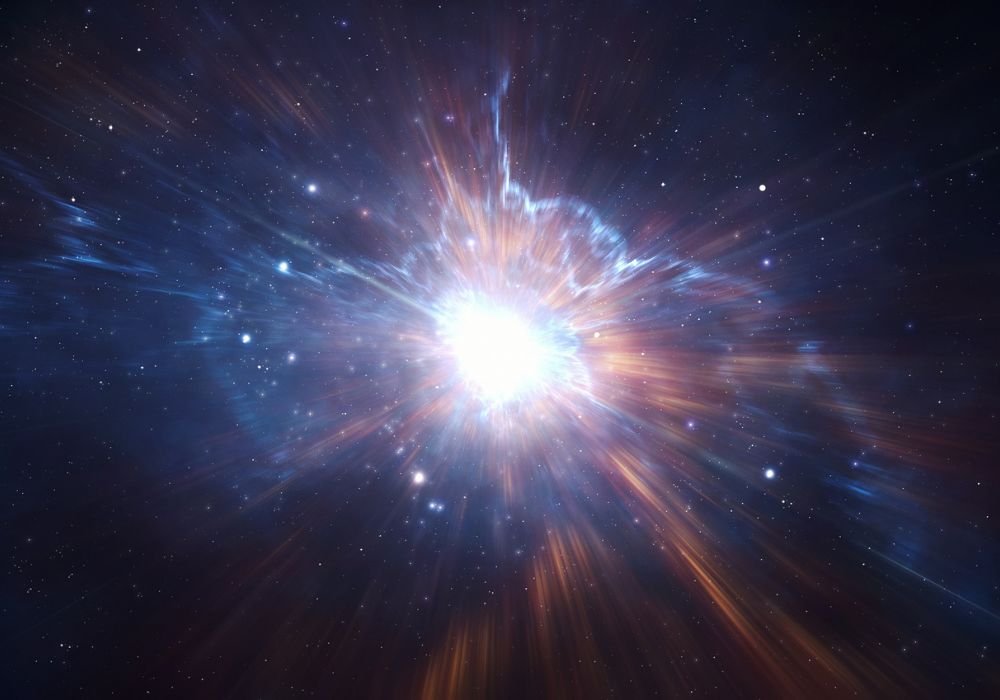Recently, author and theoretical cosmologist Paul Sutter published an article on the website Space.com. An article explaining how the elements of the universe formed over timeFrom light gases like helium to heavy metals like lead. The starting point in the history of the elements occurred a few seconds after the Big Bang.
Contrary to popular belief, the Big Bang was not a huge explosion, because in this case matter would have been ejected from somewhere. But the concept of “outside” did not yet exist, because at that primordial moment the entire cosmos was compressed into a volume millions of times smaller than the existing universe.
Besides, very high density resulted in the average temperature of the material present exceeding one billion degrees, capable of producing nuclear reactions. There were no atoms due to the intense heat; only subatomic particles such as quarks and gluons boil away as raw plasma.
Formation of fundamental particles in the universe
As soon as the universe began to expand, it cooled and the quarks were finally able to come together and form the first protons and neutrons without falling apart. The number of the lighter former increased even more (at the rate of six for every neutron) when the heavier particles froze. Because they are not stable, neutrons undergo radiative decay in 880 seconds.
But, Some of the neutrons began to bond with protons and form the first atomic nucleus. Among the light elements, helium-4 (4He) has the highest binding energy with proton and neutron pairs; In other words, it is the easiest to form and the hardest to break.
So cosmologists estimate that the Universe must have started with a mixture of about 75% hydrogen (an isolated proton), 25% helium, and a small distribution of lithium that does not vary from one region of the universe to another. .
Nucleosynthesis of elements of the universe
The next stage in the history of elements in the universe occurred only after the first generation of stars, that is, hundreds of millions of years after the big bang. These bright stars survive through nuclear fusion, which converts hydrogen into helium.
A few billion years later, towards the end of their lives, Stars like our Sun begin to convert helium into carbon and oxygen and die as planetary nebulae.. Stars with at least eight solar masses combine heavier elements in their cores, ultimately producing nitrogen, neon, silicon, sulfur, magnesium, nickel, chromium and iron.
The remaining elements in the periodic table are produced only after stars die. Sutter concludes: “Small stars gradually turn upside down and vomit their guts into star systems. Larger stars explode in violent cataclysms known as supernovae.”
Stay up to date with astronomy curiosities at TecMundo. Take the opportunity to share the article with your friends who also love these topics!
Source: Tec Mundo
I’m Blaine Morgan, an experienced journalist and writer with over 8 years of experience in the tech industry. My expertise lies in writing about technology news and trends, covering everything from cutting-edge gadgets to emerging software developments. I’ve written for several leading publications including Gadget Onus where I am an author.













